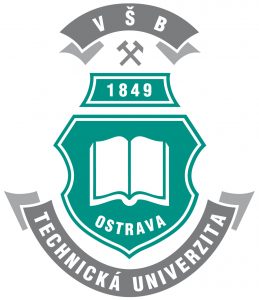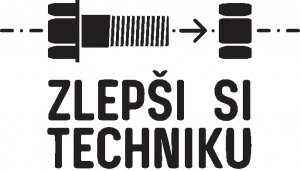Hydraulic platforms - Perpetual motion machine easily and quickly
 Projects
Projects
 Projects
Projects
During the operation of elevators, various lifts and hydraulic platforms, large amounts of energy are consumed. How could this energy be used in the phase of going downwards by gravity or inertia?
his method of conversion of motion (kinetic) energy into usable electrical energy is called recovery. Generally this phenomenon is based on the principle that the driving electric motor sets the vehicle to the required mechanical motion. However, there will be occasions when such a device will start performing the so called passive or constant movement, which is the movement of the load downward, the transition to the generator mode after exceeding the synchronous engine speed, range of escalators, and the like. The energy that is generated during this process can be returned to the supply network, or stored in batteries or other energy storage devices for further use. And believe it or not, it can actually save a considerable amount of money.
Within the scientific and research project, the university team first made a series of computer simulations of the behaviour of hydraulic platforms in various working conditions – when starting, stopping, emergency stop, etc. They focused on the simulation of various hydraulic circuits, valve settings, flow of hydraulic oil in these systems, description and characterization of the working pressure and strokes, etc. In the development room, they subsequently assembled and tested a lifting platform with uniaxial and biaxial linear regulated regenerative converter. And the result? The performed tests based on recommended modifications and changes showed energy savings of 35-42 % compared to the existing commonly used electric motors. An illustrative example: 10 such hydraulic platforms per year can save up 2MWh of electricity. In the theatres, in warehouses, heavy duty industrial enterprises. And this is just the beginning. Other possible applications of hydraulic regenerative transfer system are taking shape: the use for flight simulators, during operation of industrial valves, during operation of water or steam turbines and boilers, in nuclear power engineering, or in the manufacture of paper and rubber. In the case of the estimated 30 % savings in electrical energy, the expended funds will be repaid within 2 years. The research clearly showed that investments in the modernization of hydraulic stations for the particular system is definitely worthwhile.
The Faculty of Mechanical Engineering, VŠB – Technical University of Ostrava in cooperation with OCHI-INŽENÝRING





